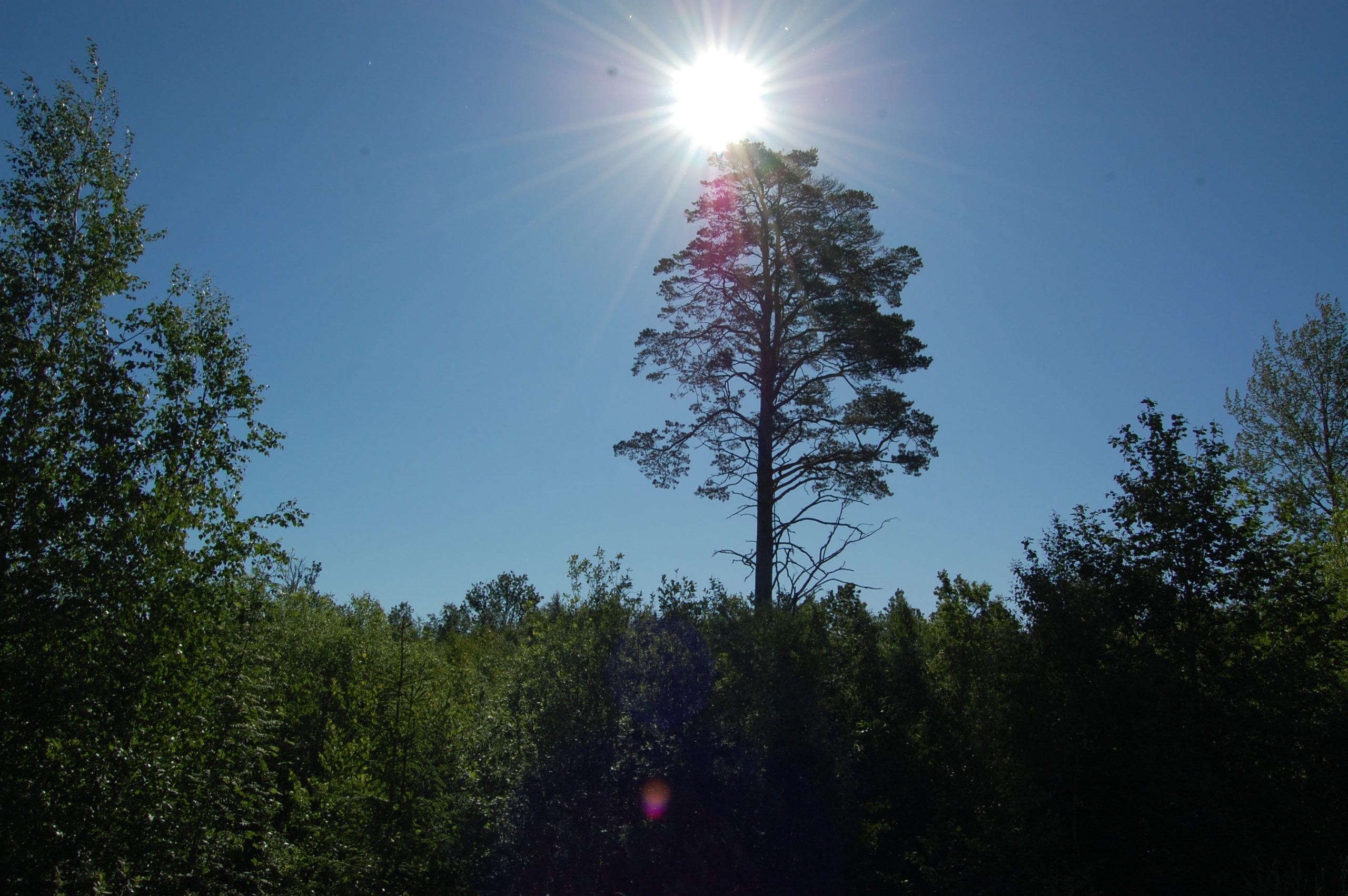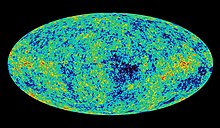
Galileo, Newton, and most people up until the 20th century thought that time was the same for everyone everywhere. This is the basis for timelines, where time is a parameter. The modern understanding of time is based on Einstein‘s theory of relativity, in which rates of time run differently depending on relative motion, and space and time are merged into spacetime, where we live on a world line rather than a timeline. In this view time is a coordinate. According to the prevailing cosmological model of the Big Bang theory time itself began as part of the entire Universe about 13.8 billion years ago. https://en.wikipedia.org/wiki/Time_in_physics
Time in cosmology
Main article: physical cosmology
The equations of general relativity predict a non-static universe. However, Einstein accepted only a static universe, and modified the Einstein field equation to reflect this by adding the cosmological constant, which he later described as the biggest mistake of his life. But in 1927, Georges Lemaître (1894–1966) argued, on the basis of general relativity, that the universe originated in a primordial explosion. At the fifth Solvay conference, that year, Einstein brushed him off with “Vos calculs sont corrects, mais votre physique est abominable.“[35] (“Your math is correct, but your physics is abominable”). In 1929, Edwin Hubble (1889–1953) announced his discovery of the expanding universe. The current generally accepted cosmological model, the Lambda-CDM model, has a positive cosmological constant and thus not only an expanding universe but an accelerating expanding universe.
If the universe were expanding, then it must have been much smaller and therefore hotter and denser in the past. George Gamow (1904–1968) hypothesized that the abundance of the elements in the Periodic Table of the Elements, might be accounted for by nuclear reactions in a hot dense universe. He was disputed by Fred Hoyle (1915–2001), who invented the term ‘Big Bang‘ to disparage it. Fermi and others noted that this process would have stopped after only the light elements were created, and thus did not account for the abundance of heavier elements.

WMAP fluctuations of the cosmic microwave background radiation[36]
Gamow’s prediction was a 5–10-kelvin black-body radiation temperature for the universe, after it cooled during the expansion. This was corroborated by Penzias and Wilson in 1965. Subsequent experiments arrived at a 2.7 kelvins temperature, corresponding to an age of the universe of 13.8 billion years after the Big Bang.
This dramatic result has raised issues: what happened between the singularity of the Big Bang and the Planck time, which, after all, is the smallest observable time. When might have time separated out from the spacetime foam;[37] there are only hints based on broken symmetries (see Spontaneous symmetry breaking, Timeline of the Big Bang, and the articles in Category:Physical cosmology).
General relativity gave us our modern notion of the expanding universe that started in the Big Bang. Using relativity and quantum theory we have been able to roughly reconstruct the history of the universe. In our epoch, during which electromagnetic waves can propagate without being disturbed by conductors or charges, we can see the stars, at great distances from us, in the night sky. (Before this epoch, there was a time, before the universe cooled enough for electrons and nuclei to combine into atoms about 377,000 years after the Big Bang, during which starlight would not have been visible over large distances.) https://en.wikipedia.org/wiki/Time_in_physics









